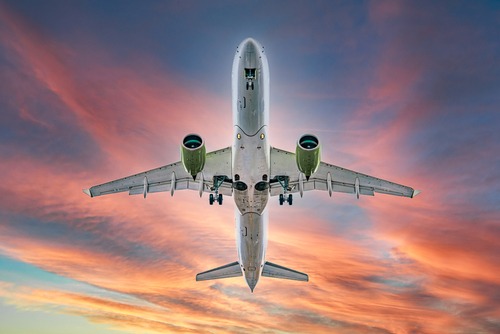
A recent report by Argonne Collaborative Center for Energy Storage Science (ACCESS) outlines the road to electric aviation.
The report is the result of a two-day meeting hosted by the U.S. Department of Energy’s Argonne National Laboratory in 2019 that was attended by nearly 100 experts from battery companies, car companies, materials companies, component makers, aircraft companies, and academic and national lab researchers.
Four aircraft concepts are presented and include a description of how research from the department and the National Aeronautics and Space Administration could help spur innovation in electric aviation batteries.
The concepts are: air taxis; 20-passenger commuter aircrafts; 50-passenger regional jets; and 150-passenger, single-aisle 737 class aircraft. Air taxis are the concept closest, development wise, to commercialization.
To bring these technologies to the market next-generation lithium-ion chemistries must be evaluated under aviation conditions and with attention on failure modes and safety. For larger aircraft, solid-state batteries must be able to operate under high temperatures. Sulfur-based batteries and hydrogen carriers might be best for 737 class aircraft, the paper said.
The Urban Air Mobility, or Advanced Air Mobility, market is forecasted to be valued at $9 billion by 2030 and $80 billion market by 2041.